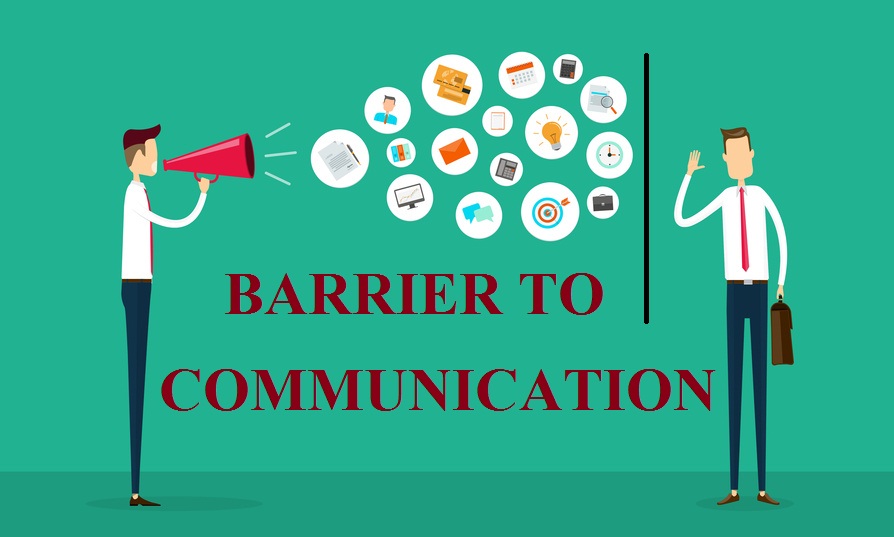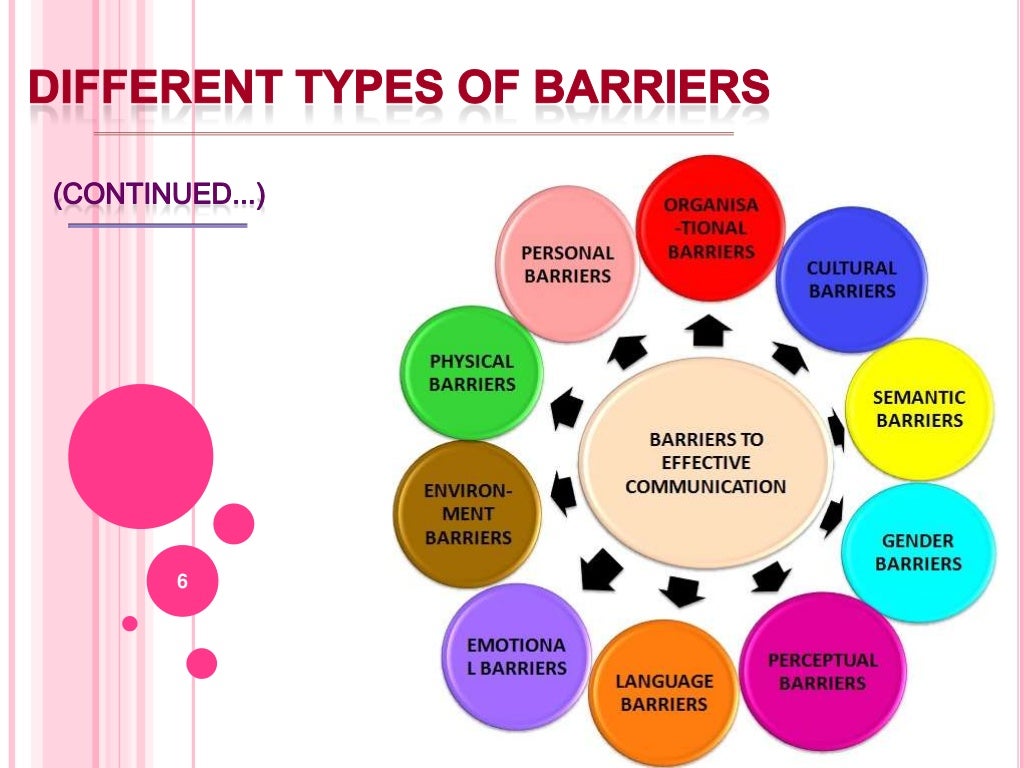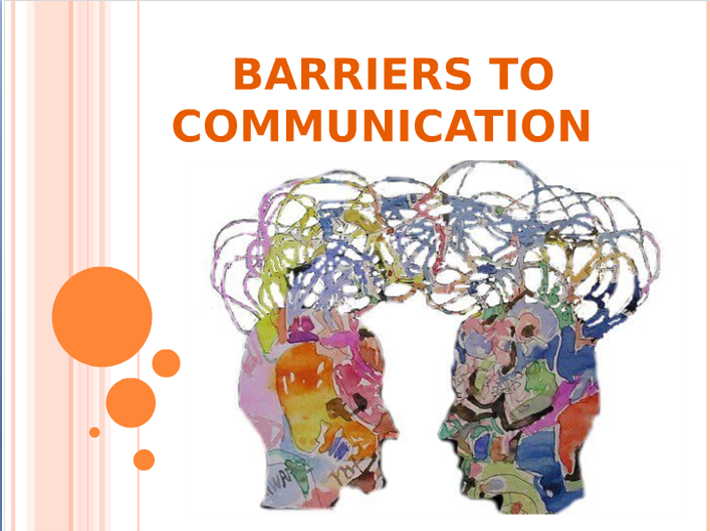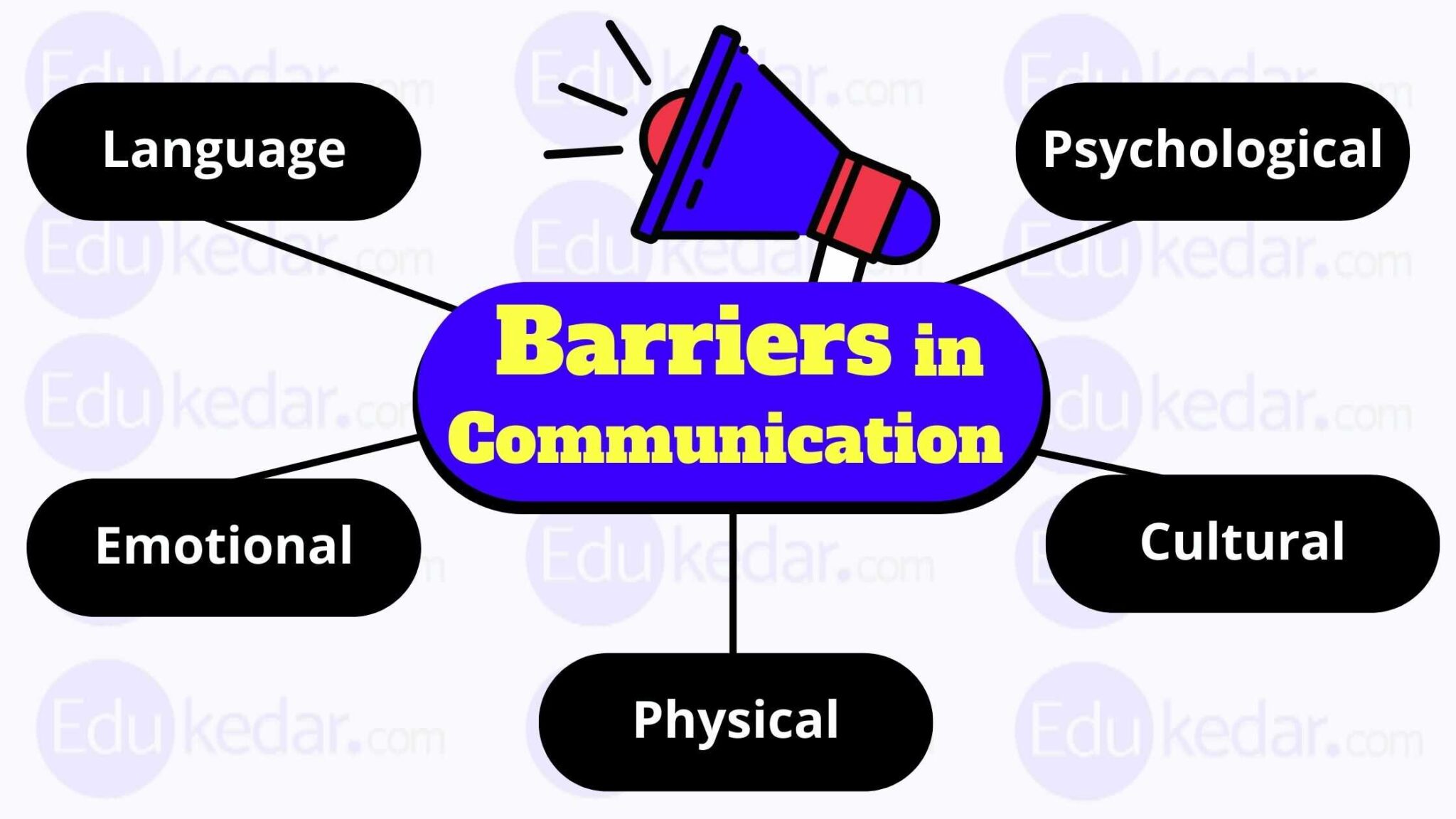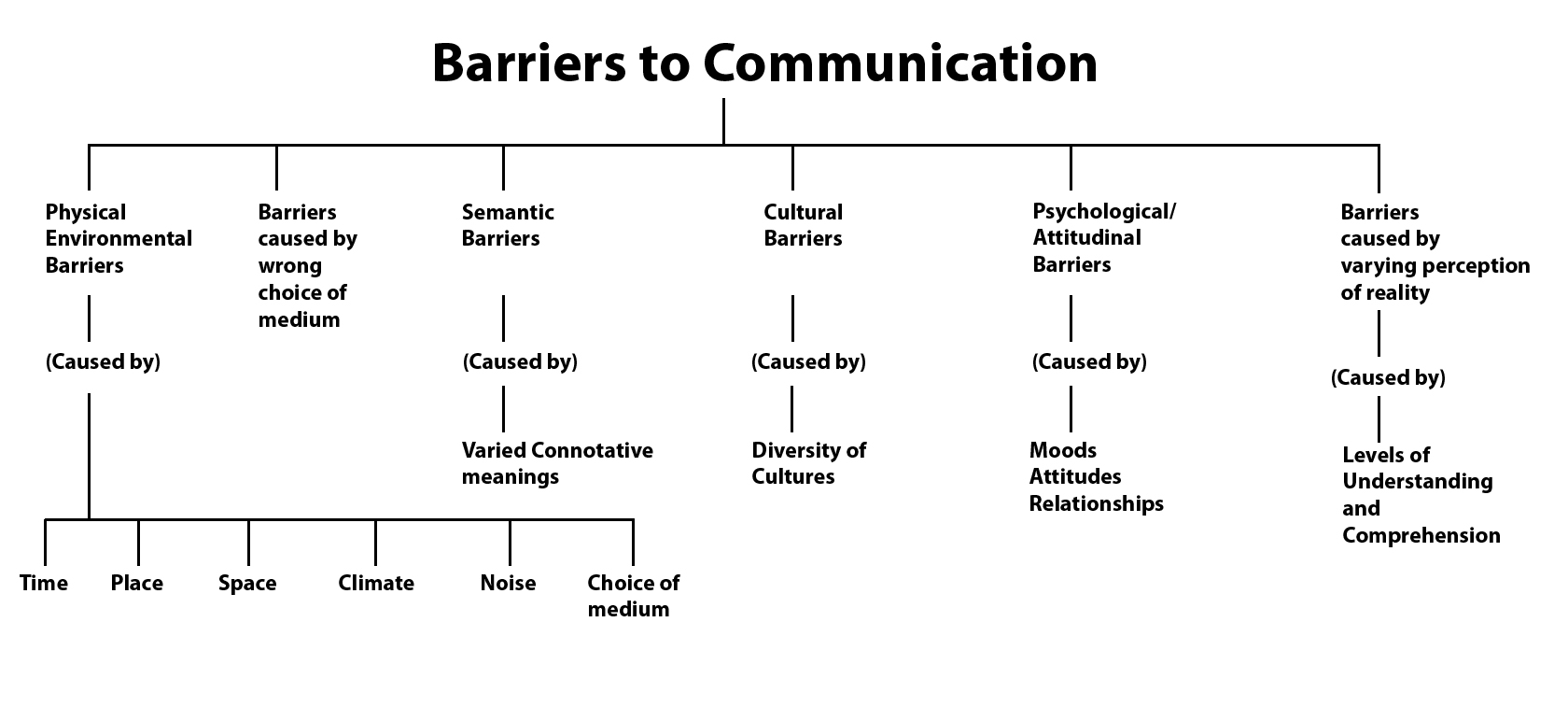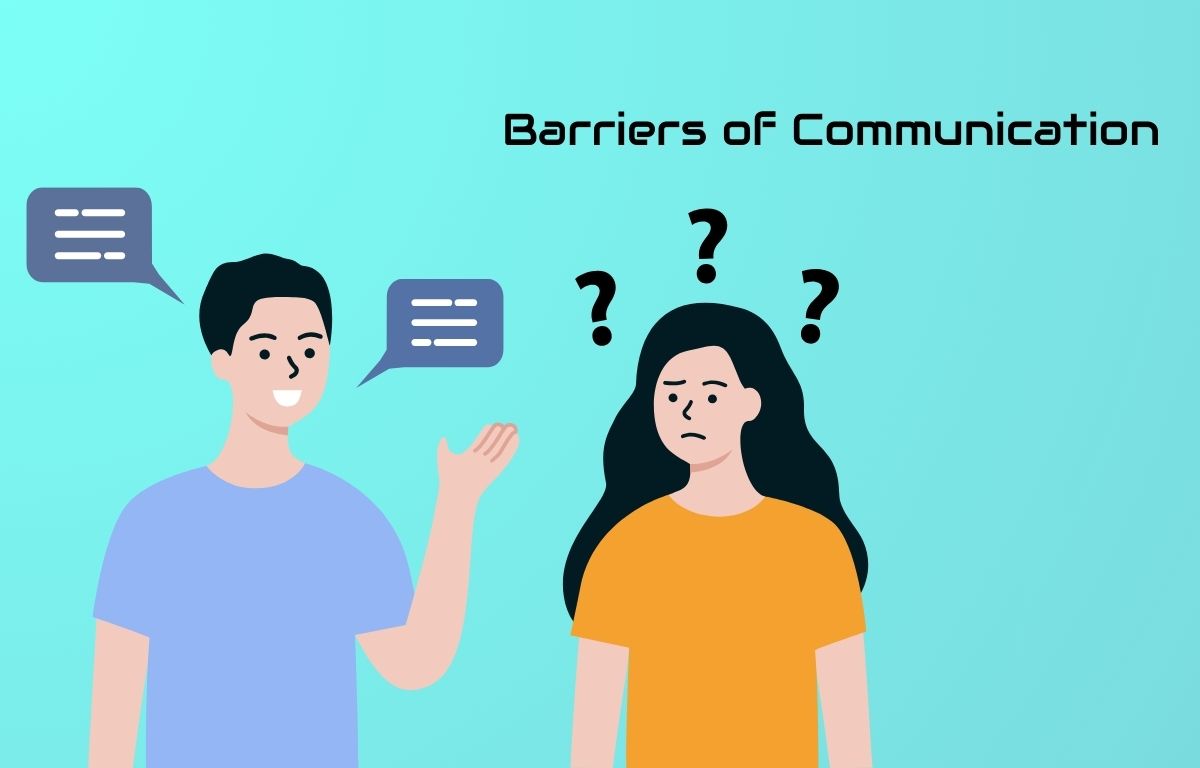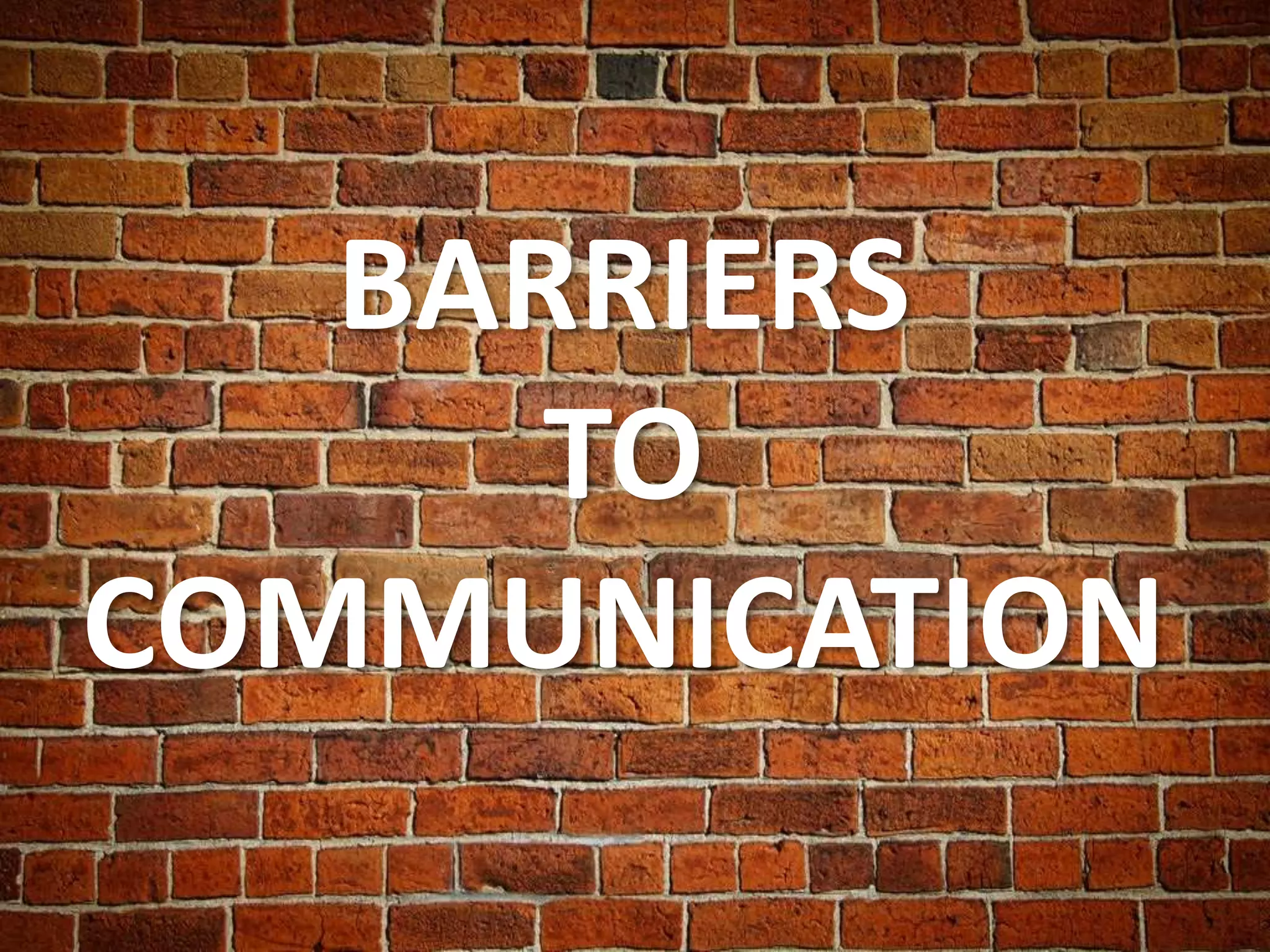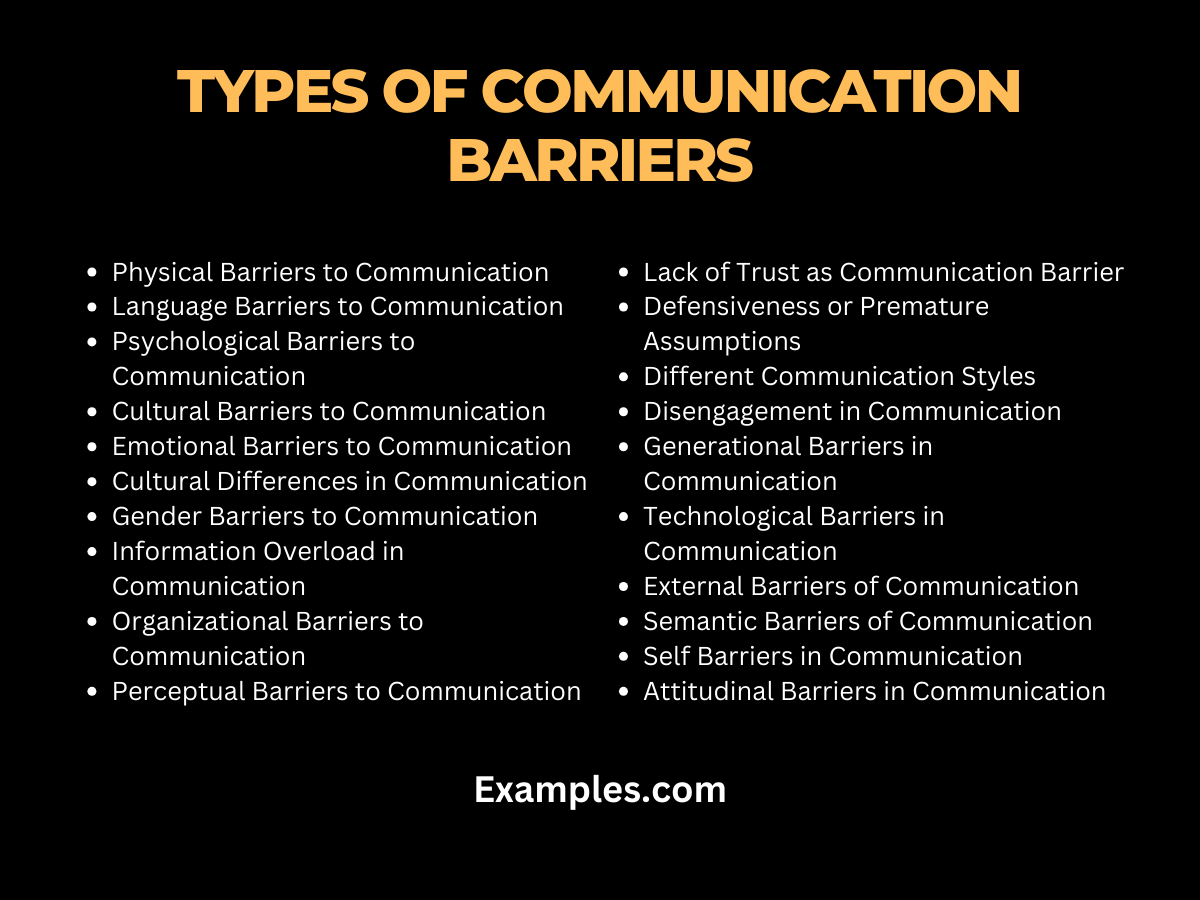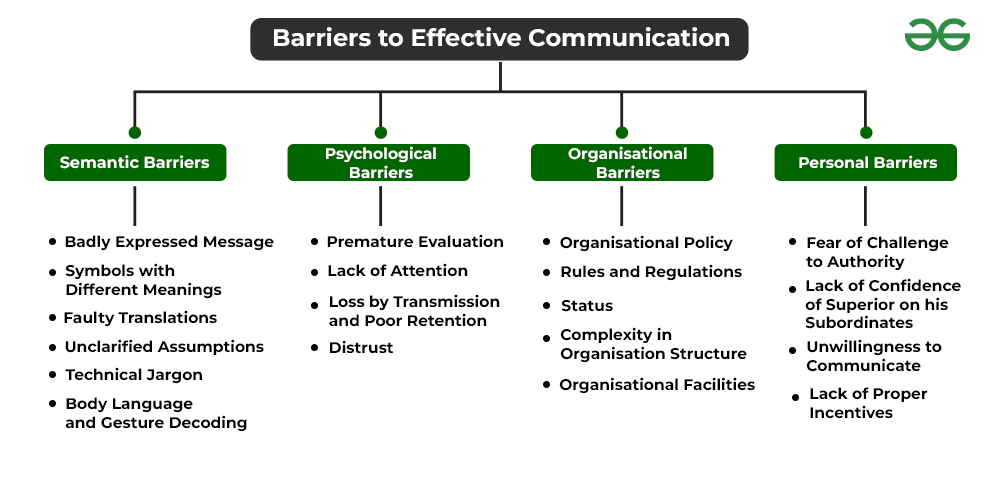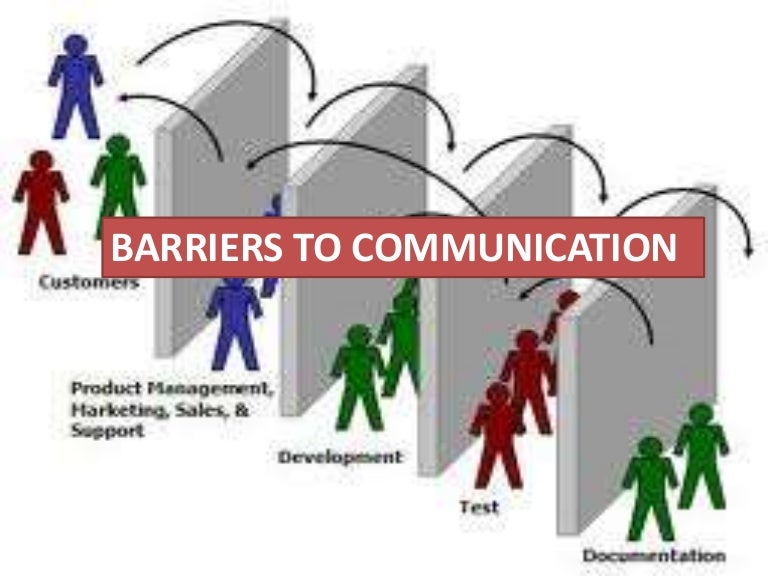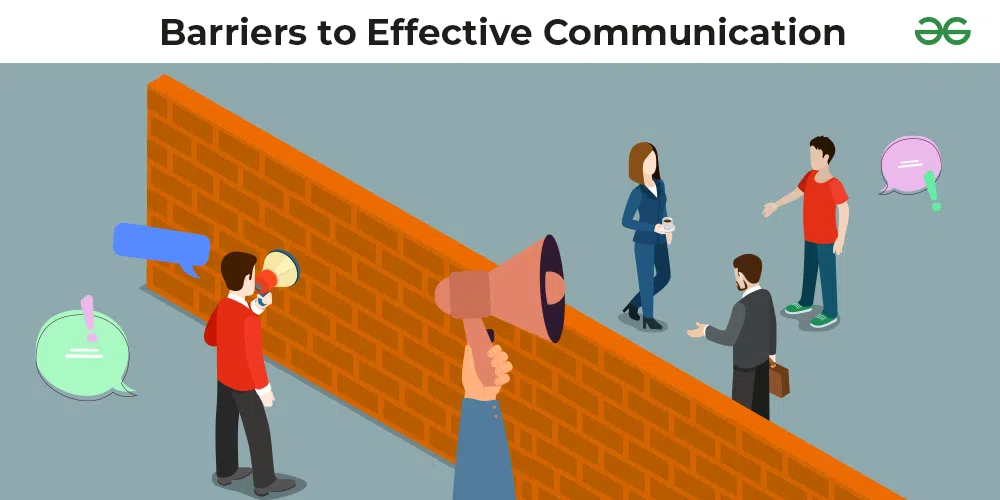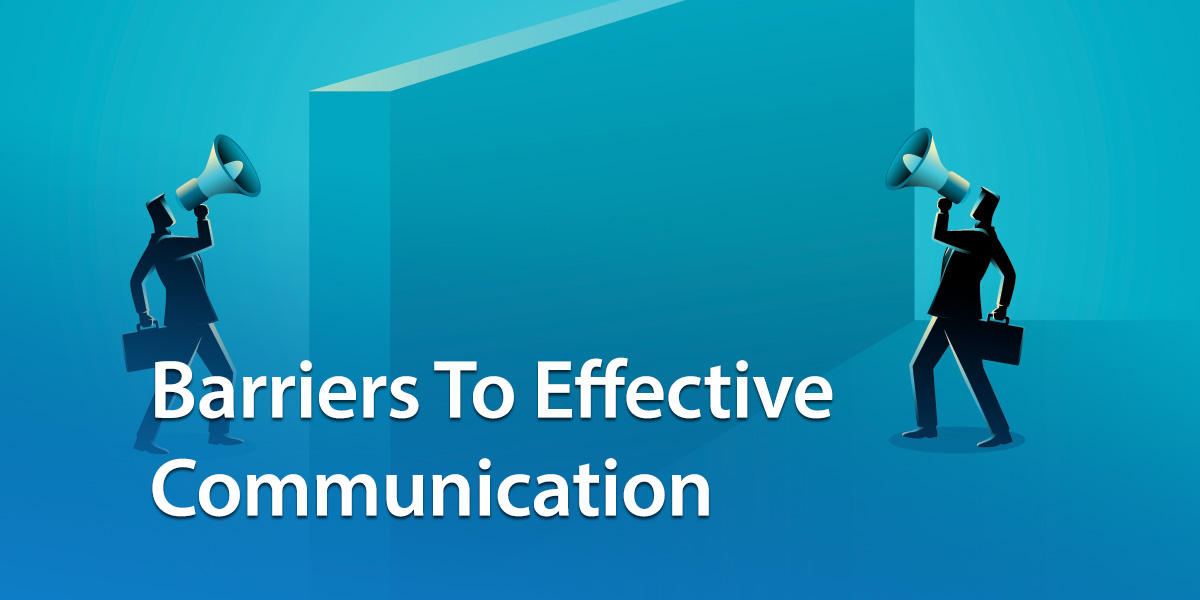What Are Barriers In Communication

Communication breakdowns are silently crippling productivity and relationships across all sectors. The ability to transmit and receive information effectively is under siege, threatening the very fabric of collaboration and understanding.
This article dissects the formidable barriers hindering clear communication, examining the "what," "where," "when," "why," and "how" to equip readers with the knowledge to navigate this pervasive challenge.
Physical Barriers: Distance and Noise
Physical barriers are the most obvious impediments. Noise, distance, and technical malfunctions frequently disrupt message delivery. A study by the World Health Organization (WHO) reveals that over 1.1 billion young people are at risk of hearing loss due to unsafe listening practices, impacting their ability to communicate effectively.
Consider the implications of poor audio during a vital conference call or a critical email failing to reach its recipient due to network outages; physical barriers have a far-reaching effect.
Psychological Barriers: The Filters of the Mind
Internal filters shape how messages are received. Preconceived notions, biases, and assumptions act as powerful psychological barriers. A 2023 report from the Pew Research Center indicates that political polarization significantly impacts how individuals interpret information, leading to miscommunication and conflict.
Emotional states, like anger or fear, can further distort perception, highlighting the urgent need for emotional intelligence in communication.
Semantic Barriers: The Peril of Language
Words, the building blocks of communication, can become obstacles when used imprecisely. Jargon, slang, and cultural differences in language create semantic barriers, leading to misunderstandings. One study from Globalization Partners states that 70% of communication failures in global business are attributable to language barriers.
Ambiguous phrasing and poorly defined terminology are equally detrimental, demanding a commitment to clarity and precision in language.
Organizational Barriers: Hierarchy and Structure
Communication flow within organizations can be stifled by rigid hierarchies and complex structures. Information bottlenecks at different levels prevent transparent and timely message exchange. McKinsey Global Institute estimates that inefficient communication practices cost businesses billions of dollars annually through decreased productivity.
Lack of clearly defined communication channels and feedback mechanisms contribute to organizational barriers, fostering misinterpretations and dissatisfaction.
Cultural Barriers: Navigating Diverse Perspectives
Cultural differences impact every facet of communication. Nonverbal cues, communication styles, and values differ significantly across cultures, potentially leading to misinterpretations. Hofstede's Cultural Dimensions Theory illustrates the profound variations in cultural norms across different societies, affecting communication patterns.
Ignoring these nuances can result in unintentional offense and hindered communication, emphasizing the importance of cultural sensitivity and awareness.
Overcoming Barriers: Strategies for Success
Strategies to overcome communication barriers involve active listening, empathy, and clarity. Providing regular feedback and engaging in clear, concise, and respectful dialogue is critical. Investment in training and development that promotes emotional intelligence and communication skills is also vital.
Adopting inclusive language and being mindful of cultural differences can foster a more understanding and collaborative environment.
The challenge of effective communication remains ever-present, demanding constant vigilance and adaptation. Ongoing research and initiatives aimed at improving communication skills are essential. Individuals and organizations must prioritize communication to foster better relationships and overall success.
